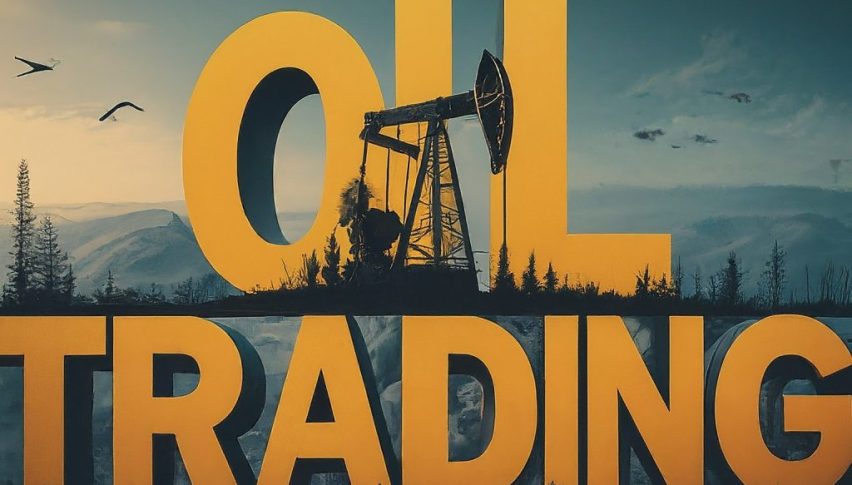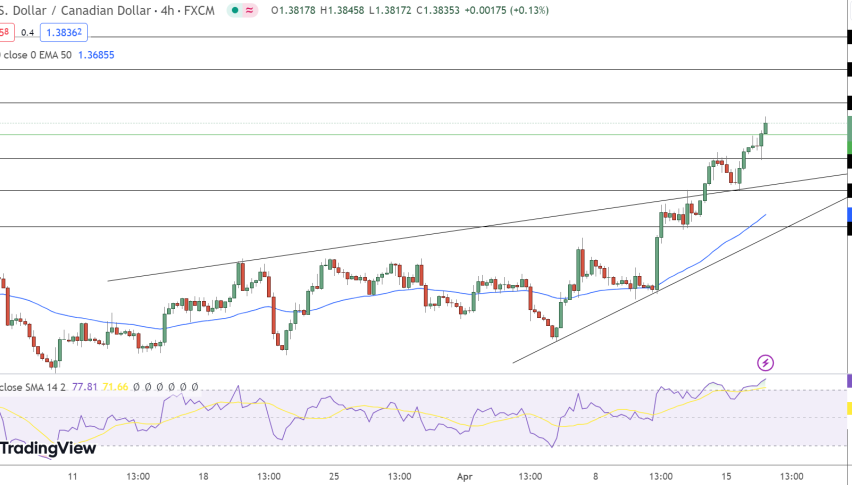Natural gas experienced a slight decline of 0.91%, closing at $1.9550 on March 5. However, the reason behind this upward performance could be attributed to a bearish US dollar, which lost ground due to disappointing economic data and a less hawkish stance from the Federal Reserve.
When the US dollar weakens, the price of natural gas rises. A weaker dollar makes commodities like natural gas more attractive to investors, leading to higher demand and prices.
Furthermore, ongoing geopolitical tensions in certain regions, such as the Middle East, could disrupt supply chains, leading to increased demand for natural gas as an alternative energy source. This could also boost natural gas prices.
Federal Reserve’s Cautious Monetary Policy and its Impact on Natural Gas Prices
On the US front, the current stance of Federal Reserve officials indicates a cautious approach to monetary policy in the United States. Some officials, such as Austan Goolsbee, advocate for lowering interest rates, while others, like Lorie Logan, suggest slowing the reduction of the Fed’s balance sheet to maintain supportive monetary conditions.
Adriana Kugler focuses on addressing low inflation levels, while Thomas Barkin anticipates a decrease in inflation, considering current high levels are temporary. Christopher Waller aims to increase the Fed’s short-term Treasury holdings to influence short-term interest rates.
Therefore, the cautious monetary policy stance by Federal Reserve officials, including interest rate reductions and efforts to maintain supportive conditions, could positively impact natural gas prices by stimulating economic growth and demand.
Meanwhile, the economic data, such as the faster-than-expected contraction in US manufacturing activity and the decline in consumer sentiment, indicate ongoing challenges. The dovish stance by the Fed, along with a weaker dollar, could positively impact investors, supporting economic growth and corporate earnings, potentially benefiting natural gas prices.
Impact of Israel-Gaza Conflict on Natural Gas Prices
On the geopolitical front, the ongoing Israel-Gaza conflict has the potential to significantly impact natural gas prices. However, the escalating tensions in the region raise concerns about supply disruptions, as Israel is a major producer and exporter of natural gas.
Meanwhile, geopolitical instability can also create market uncertainty, prompting investors to seek safe-haven assets like natural gas, thereby increasing demand and driving prices higher.
Moreover, any disruption in the supply chain due to the conflict can further tighten the market and push natural gas prices upward.
Natural Gas Price Forecast: Technical Outlook
The market is currently positioned just below its pivot point of $1.9971, suggesting a cautious outlook. Resistance levels are mapped at $2.0355, $2.0758, and $2.1089, which could cap upward movements.
Support is found at $1.9475, with further levels at $1.9078 and $1.8573, offering potential rebound points.
The Relative Strength Index (RSI) at 61 indicates a relatively balanced market sentiment, while the 50-day Exponential Moving Average (EMA) at $1.8611 supports a bullish stance above $1.9475, hinting at the potential for future gains if support holds firm.




















